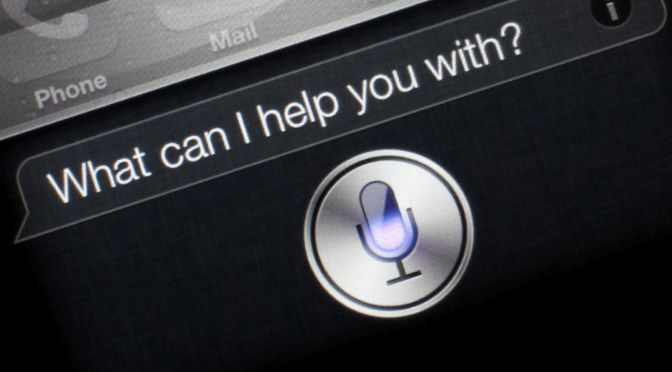Feb 13, 2015
Book Review: Peter Diamandis’s ‘Bold’ a reminder of how entrepreneurs will control the world’s fate
Posted by Seb in categories: education, singularity
By Vivek Wadhwa — Singularity Hub
Just as an asteroid wiped out the dinosaurs that ruled the Earth and made way for small furry mammals, a new wave of planetary disruptions is about to occur. The new asteroid is called “exponential technology.” It is going to wipe out industries in a similar manner to the rock which fell on Earth during the Cretaceous Period.
That is the premise of a new book by Peter Diamandis and Steven Kotler, Bold: How to Go Big, Create Wealth and Impact the World. It makes bold predictions and teaches entrepreneurs how to thrive in the same way as our mammalian ancestors: by being nimble and resilient.
















